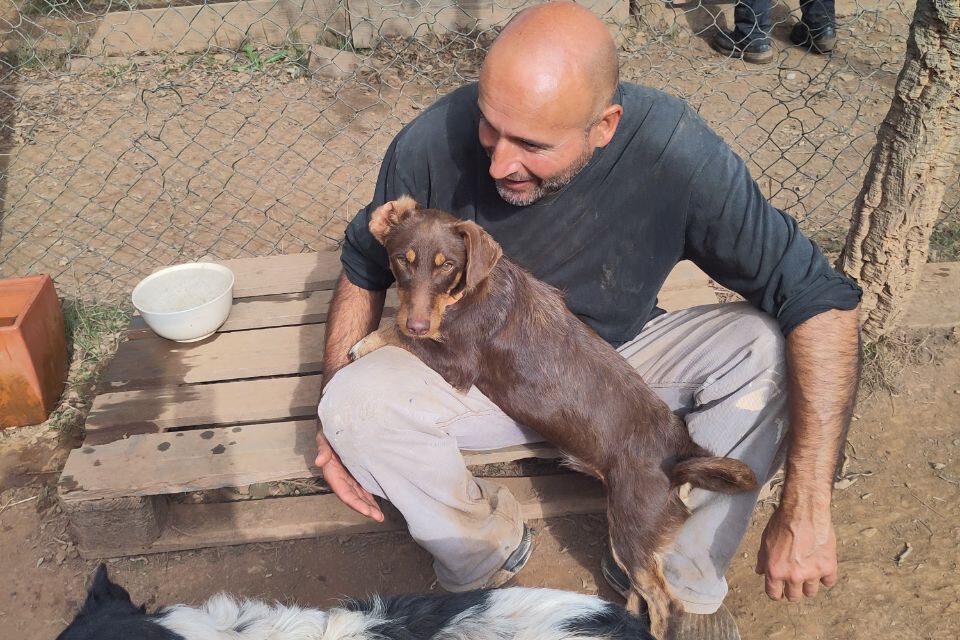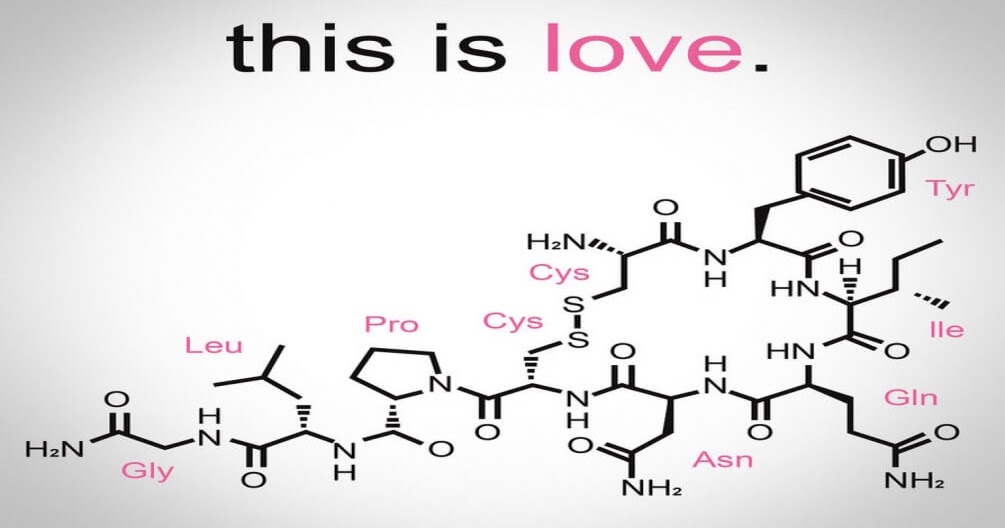The Healing Power of Dogs: Unconditional Love, Trust, and the Oxytocin Connection

In a world brimming with advanced technology and groundbreaking medical research, it’s often surprising to find one of the most effective healers curled up at our feet, wagging its tail. Dogs have long been considered “man’s best friend,” but recent scientific research sheds light on a deeper connection: dogs may be some of the most powerful and, indeed, underestimated healers in the world. Through their unconditional love, loyalty, and ability to build trust, dogs offer a unique form of healing that’s now backed by an ever-growing body of scientific evidence.
Central to the healing power of dogs is oxytocin, the hormone often referred to as the „hormone of healing“ or the „bonding hormone.“ This hormone, known for promoting feelings of relaxation, safety, and love, is released not only in humans but also in dogs during interactions. Oxytocin provides a bridge between our worlds, creating a cycle of empathy and trust that can have profound effects on physical and emotional well-being.
On this website we will explore the science behind the healing bond between humans and dogs, diving into the mechanisms through which oxytocin functions, the impact of unconditional love, and the ways dogs provide trust and relaxation to their human companions. Alongside scientific research, we’ll also look at the remarkable real-world examples as well as my own very personal story, where dogs have acted as my agents of healing.

A Sacred Ancient Bond
For thousands of years, humans and dogs have shared a unique and profound relationship. Scientists believe that the connection between humans and dogs began tens of thousands of years ago, likely around 20,000 to 40,000 years ago, when early humans and wolves—dogs’ wild ancestors—first began forming cooperative relationships. Archeological evidence suggests that wolves, possibly attracted to human campsites by food scraps, gradually began to interact more closely with humans. Those wolves that were less aggressive and more social might have received food and shelter in return, eventually leading to domestication. Over generations, certain traits in these wolves, such as friendliness and tolerance, were favored, and they evolved into a new species: the domestic dog. This companionship benefited both species; wolves provided early humans with assistance in hunting and guarding camps, while humans offered food, warmth, and protection.
Today, genetic studies have traced back the evolution of dogs to a common ancestor shared with gray wolves, though dogs have since developed unique adaptations suited to life alongside humans. Remains of dogs buried near humans, some even showing signs of ceremonial burials, provide further evidence that dogs held special significance beyond just utility. Archaeological evidence shows that the strong emotional bond between humans and dogs dates back at least 14,000 years, with the oldest known burial of a human and a dog found side-by-side in what is now Germany. Over thousands of years, dogs became more attuned to human emotions and communication cues, evolving to read facial expressions, follow gestures, and even empathize with human feelings. Scientists consider this bond one of the earliest and most profound interspecies relationships, paving the way for the emotional and therapeutic role dogs play in human lives today. While early humans likely domesticated dogs for practical reasons, such as hunting and protection, this relationship soon evolved into something much deeper. Dogs became not only helpers but also companions and friends, intuitively tuned into the emotions and needs of the humans around them.
Watch the Video to find out more about the ancient connection between humans and dogs.
The Human-Dog Connection Through the Lens of Science
In the last few decades, scientists have become increasingly interested in the therapeutic role of animals, especially dogs. Studies on animal-assisted therapy (AAT) have gained traction, with dogs often at the forefront due to their unique social intelligence and adaptability to human environments. These studies have demonstrated that dogs can be beneficial in a variety of clinical and therapeutic settings. From reducing anxiety in hospitals to helping children with autism build social skills, the therapeutic presence of dogs has proven to be more than just anecdotal—it’s backed by data.
At the core of this healing power is oxytocin, a hormone that plays a crucial role in bonding and attachment. Oxytocin is sometimes referred to as the “bonding hormone” because it promotes feelings of trust, relaxation, and well-being. In humans, this hormone is released in situations that promote a sense of safety and closeness, such as hugging or engaging in meaningful conversation. Remarkably, recent studies show that oxytocin is also released during interactions between humans and dogs. This release is reciprocal: not only do humans experience higher oxytocin levels when petting or looking into the eyes of a dog, but the dogs do as well. This feedback loop between human and dog creates a cycle of empathy and trust that has profound effects on mental and physical health.

One landmark study published in Science in 2015 found that when humans and dogs gaze into each other’s eyes, both species experience an increase in oxytocin levels. This response is similar to the one that occurs between human parents and their infants, suggesting that the bond we share with dogs is uniquely powerful and rooted in biology. It’s no wonder, then, that dogs have proven to be natural healers, offering comfort, alleviating anxiety, and fostering resilience in those who spend time with them.
Importantly, the benefits of this reciprocal oxytocin production are not one-sided. Dogs, too, experience the positive effects of this hormonal exchange. The presence of a caring and loving human significantly enhances a dog’s emotional well-being and can even promote physical healing. Research has shown that dogs recover more quickly from injuries or illnesses when they are in an environment filled with affection and trust, reinforcing the importance of human-canine relationships.
This unique interspecies connection underscores why dogs are such natural healers. Their ability to provide comfort, reduce anxiety, and foster resilience is deeply intertwined with the shared biological response that strengthens our bond. In essence, the loving exchange between humans and dogs creates a cycle of mutual healing, benefiting both species in ways that are as therapeutic as they are extraordinary.
A Gap in Awareness
Despite this growing body of scientific research, there is still a significant gap in mainstream awareness regarding the healing power of dogs. While therapy dogs are becoming more common in hospitals, schools, and even workplaces, the general public often underestimates the extent to which dogs can contribute to healing. For many, dogs are still seen primarily as pets or companions rather than as potential partners in health and well-being.
Part of this gap in awareness may stem from the fact that modern medicine traditionally focuses on pharmacological and surgical treatments, often overlooking more holistic approaches. The idea that something as simple as the presence of a dog could help reduce pain, manage anxiety, or even support chronic illness recovery may seem unconventional to some. However, as science continues to explore the human-animal bond, there is increasing evidence to suggest that dogs could play a much more integrated role in our healthcare systems and personal lives.
